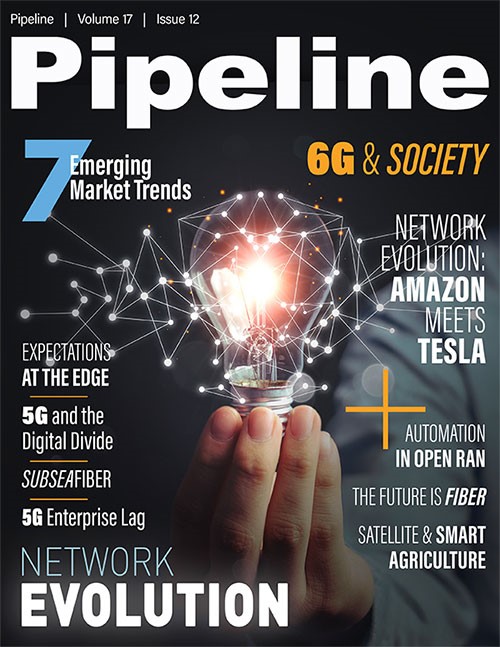The Fundamental Drivers of 6G
Fulfillment of service expectations
Any future technology should make practical, significant, and cost-effective gains in meeting fundamental service expectations such as ease of accessibility, service experience, security, and privacy.
In addition, any new communication technology needs to have sufficient flexibility in its design to be able to adapt to needs that were not anticipated at the time it was designed. Also, it must have sufficient potential to enable innovation beyond the imagination of today.
Managing complexity
Historically, wireless standards and technology development efforts have rightfully focused on radio and transport and core technology innovations. Since the first generation of wireless networks, significant advancements in these technologies have been made, leading to a fundamental change in the way people communicate with each other and to a significant impact on societies.
However, with the implementation of multiple generations of technology, deployment of greater amounts of spectrum bandwidth, and the demand for greater service reliability, while catering to an increasing velocity of change, the task of deploying, operating, monitoring, and managing networks and services has become increasingly complex and difficult. In short, the need to manage complexity, drive efficiency, and reduce costs is now paramount, in the 5G roadmap and on the path toward 6G.
Making 6G a success
By addressing the expectations of society, the marketplace, and the industry at large, great progress toward a healthier society will be made. Advancements toward superior customer experience and more autonomous and efficient networks, operations and services will follow. NGMN’s vision is to significantly contribute to make this a reality.
To be successful, it is imperative to not only establish the details of the next generation of standards and technologies but also to reevaluate how the standards and technologies are developed.
The way future wireless standards and technologies are developed will be crucial. There is a need to broaden, align, and rationalize the scope of standards and the technology development process to support a healthier and more vibrant ecosystem. To date, the development of generations of mobile technology has been piecemeal based on proposals that cover specific aspects of the system. For the next generation, the industry needs to ensure that technologies are developed holistically across different standards development organizations. NGMN will continue to take an active role to provide impactful guidance in this regard.
Considering the landscape for 6G
The industry and its ecosystem are rapidly changing and NGMN’s work is exposed to technology cycles with regards to content and relevance. So, the alliance’s new strategic focus topics address the industry’s main opportunities and challenges in the next years. While still supporting 5G’s full potential through several 5G projects, the three main focus topics are: Mastering the Route to Disaggregation, with a focus on the End-to-End Operating Model, including network automation and cloud native; Green Future Networks; and 6G. All three are equally important and interlinked with different time horizons.
It can be assumed that 6G will be built on disaggregated network principles. And, of course, it needs to be made sure that 6G reflects green and sustainability priorities. Moving forward, all three are very closely coupled and linked; this is the landscape to consider for 6G.
Note on authorship: Anita Döhler and Feifei Lou, featuring and citing the NGMN White Paper “6G Drivers and Vision” developed by the NGMN 6G project operator’s team.


















